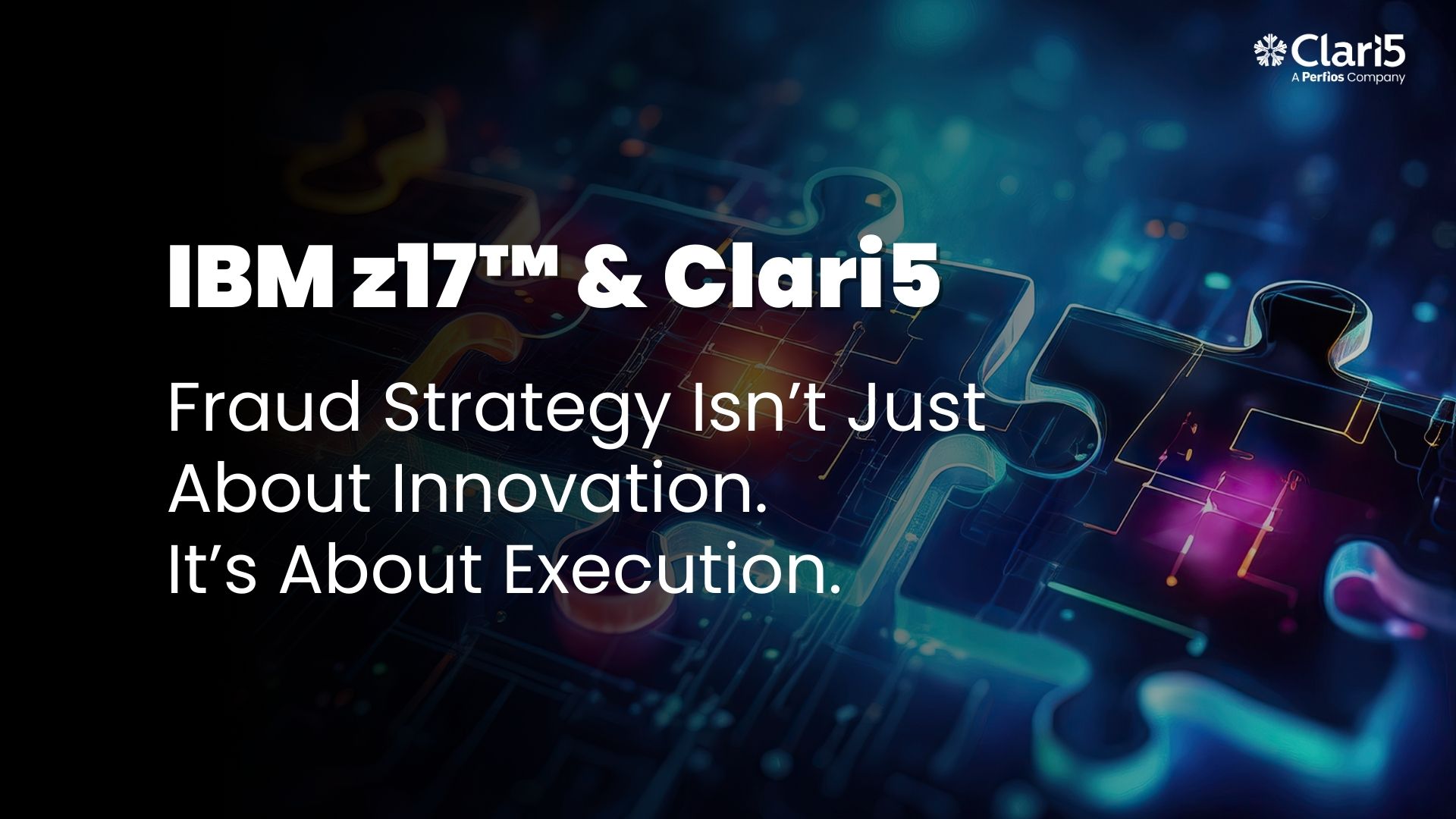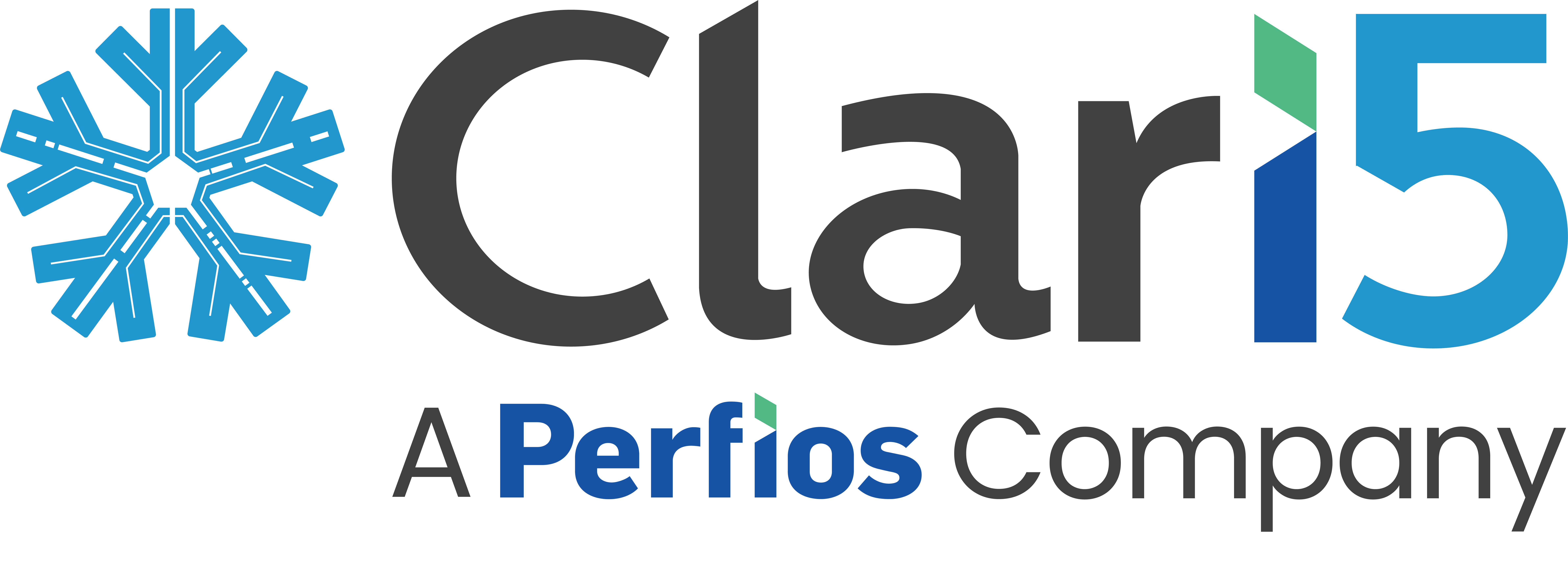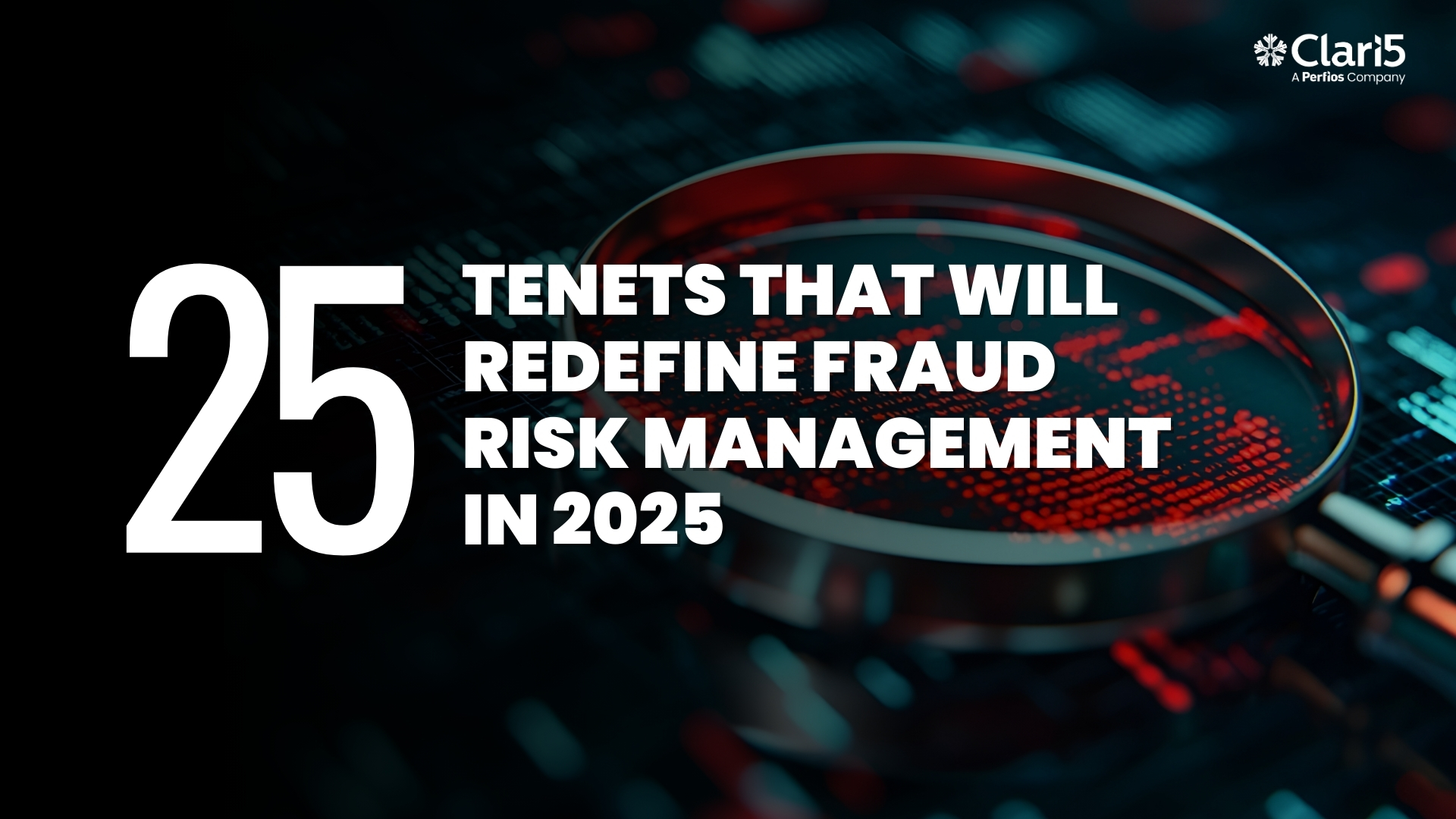
Fraud has evolved into an intelligent, industrialized operation. Mule networks, synthetic identities, deepfakes, and real-time attacks are now the norm. Institutions have responded with analytics, AI, and automation — yet losses continue to rise.
The issue isn’t a lack of innovation. It’s a lack of execution at scale.
Most fraud solutions are constrained by fragmented systems and infrastructure that weren’t built for today’s speed, complexity, or scale. To stay ahead, financial institutions need more than smarter ideas — they need the right foundation to bring them to life.
Fraud prevention is one of the most urgent and complex challenges in digital banking and payments. Banking, Cards, and Payments Card Losses reached US$533 billion in 2024. Celent estimates that a significant 70% of banking, cards, and payments transactions globally run on IBM Z mainframes. If advanced AI inferencing were applied to all banking and payments transactions running on IBM Z, it could result in as much as US$190 billion globally in additional captured fraud. (Celent Report 2025: Mitigating Fraud in The AI Age: Understanding the Challenge)
Where Strategy Meets Infrastructure
At Clari5, we believe effective fraud defense must move beyond isolated tools and toward orchestrated, real-time intelligence across the customer lifecycle.
Delivering on that requires infrastructure that can:
- Score millions of transactions per second
- Run inferencing in milliseconds, within the transaction
- Securely integrate behavioral, device, and external signals
- Remain compliant across jurisdictions — without latency
This is where the new IBM z17 becomes critical. Purpose-built for data-intensive, AI-driven workloads, IBM z17 enables Clari5 to deploy real-time fraud prevention at the scale and speed today’s threats demand.
The second generation on-chip AI accelerator on IBM z17, significantly boosts AI inferencing capabilities for fraud detection, risk assessment, and other critical applications.
IBM z17 and Clari5: The power of mitigating Fraud in the AI age
As financial crime becomes more reputational than operational, fraud management is no longer a backend process. It’s a strategic imperative. Together, IBM Z and Clari5 focus not just on detection, but on enabling our clients to execute their fraud strategy — intelligently, instantly, and at scale. With the right ideas and the right infrastructure that are purpose-built for mission-critical outcomes.
Clari5 Enterprise Fraud Risk Management (EFM) solution on IBM z17 enables banks and financial institutions with real-time inferencing during transactions, allowing businesses to detect fraud within milliseconds, and make AI decisions at the point of data generation. Clari5’s AI/ML models leverage IBM’s Telum II processor to process huge volumes of data to reduce false positives and help in customer onboarding. ML models grow better with growing data elements, and the specialized Telum processor will provide for the much-needed processing power for decisioning in real-time.
Looking Ahead
IBM z17 is built to redefine AI at scale, drive innovation, power new workloads and enhance productivity—all in a secure, reliable and resilient environment. Clari5 is committed to helping clients leverage IBM z17’s potential and work together to empower organizations to modernize systems, act in real-time, and maintain transaction integrity.
Let’s build a smarter defense together.
Reach out to learn how Clari5 and IBM Z can help your financial institution stay one step ahead of evolving threats.
Discover more about our solution or set up a workshop—reach out to us at connect@clari5.com



